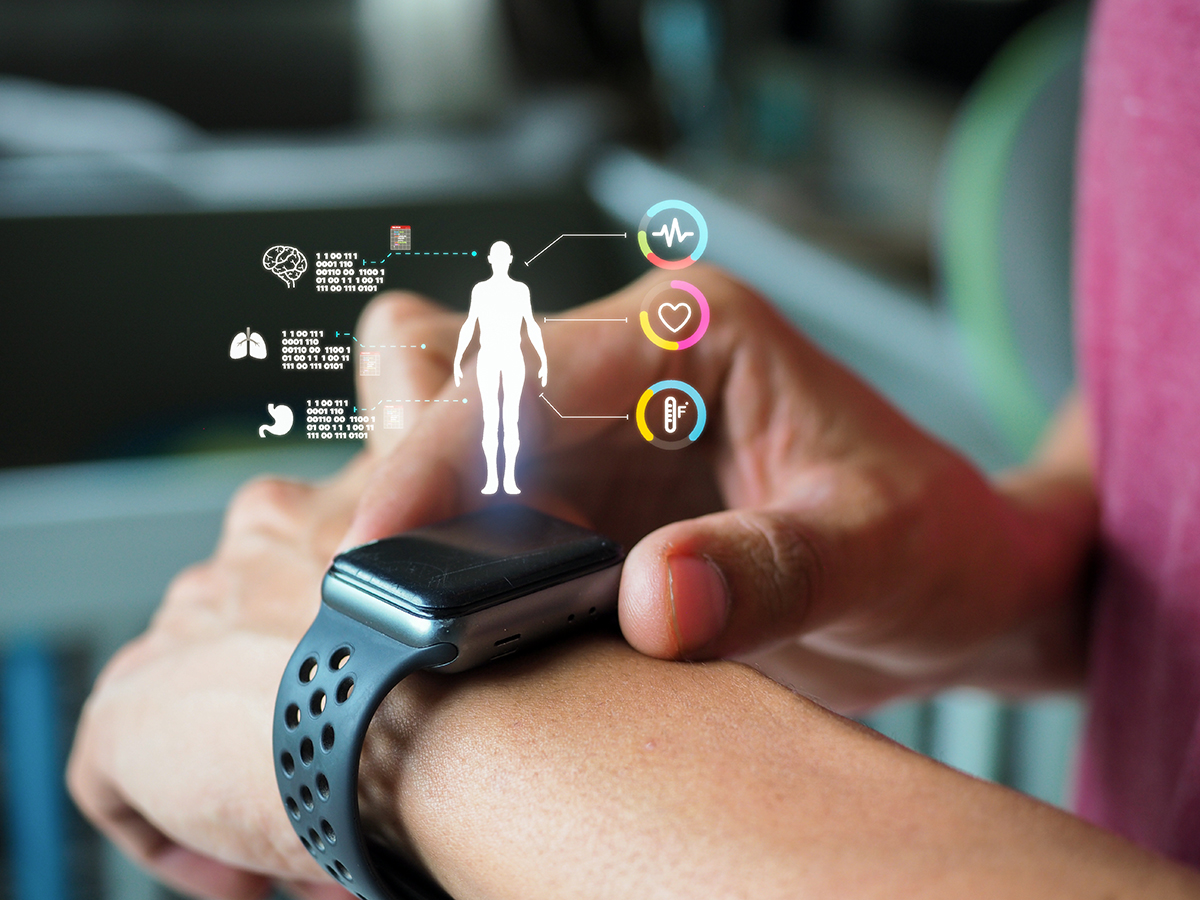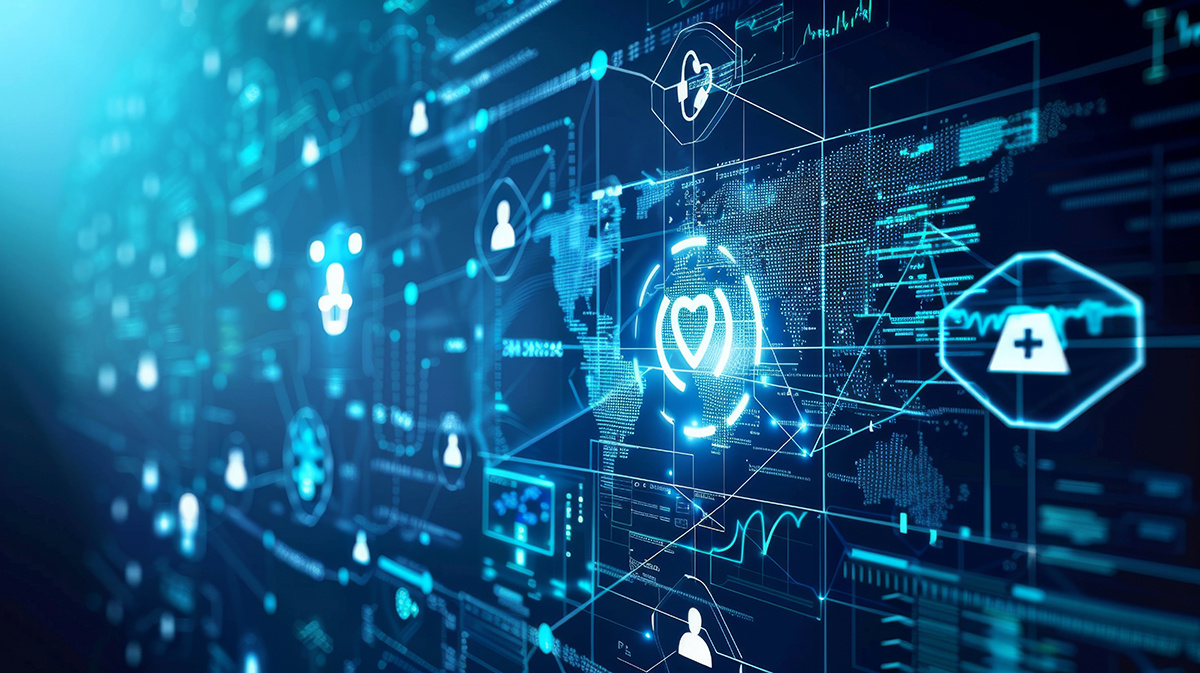
How Remote Patient Monitoring Works in 5 Steps

Remote patient monitoring (RPM) refers to the use of technology to remotely monitor patients’ health status and collect health data, allowing healthcare providers to provide continuous care and adjust treatment plans as needed. With the advancement of technology and real-time integration of Electronic Health records (EHR) with I0T-enabled wearables, RPM has taken a significant leap forward. RPM can help improve healthcare outcomes for patients and increase efficiency for physicians. But for RPM to succeed, a bridge must be built between the technology that captures and transmits the patient data and the humans that use it. From patient education and data collection and transmission to provider intervention and continued patient engagement, understanding how RPM works is the first step in launching a successful holistic healthcare experience.
1. Educating Patient on Wearable Devices
The evolution of wearable devices has ushered in innovations including glucose meters, blood pressure monitors, pulse oximeters, watches and wristbands, ECG sensors, and even digital pills. Patients can utilize these devices at home to keep track of vital health metrics such as blood pressure, oxygen saturation, and heart rate. However, some patients may be hesitant to adopt untraditional forms of healthcare like RPM. This can be overcome by educating the patient on the benefits of RPM and how to use the wearable devices.
The benefits of RPM include:
- Favorable treatment of both chronic and acute conditions
- Preclude patients from unnecessary Dr. appointments, visits to hospital/ER
- Helps alleviate patient stress as they experience symptoms
- Reduces healthcare costs and saves patients money
- Improves health quality
- Patient engagement increases
- Helps to reduce hospitalizations, stay lengths
- Monitoring enables older or disabled individuals to remain in their homes, helping to postpone stays in long-term or nursing facilities
While these devices can be beneficial in helping patients keep track of their health, it is important that patients are educated on how to use them properly to ensure accurate data collection.
Patient education for wearable devices should begin with an overview of the device’s purpose and function. Patients should be informed of the specific health metrics the device is designed to track and how to properly wear and operate it. In addition, patients should be taught how to charge and maintain the device and how to troubleshoot any issues.
Accuracy of the data collected by wearable devices is essential for effective use in healthcare settings. Patients should be informed of the factors that can impact the accuracy of the device, such as movement, temperature, device storage and how to minimize their impact. Patients should also be educated on the importance of regularly calibrating their device to ensure accurate readings.
Privacy and security should also be addressed during patient education for wearable devices. Patients should understand that the data collected by the device is confidential and protected by HIPAA regulations. They should also be informed of how the data is transmitted to their healthcare provider and who has access to it.
Patient education for wearable devices should also include instruction on how to interpret the data collected by the device. Patients should be informed of the normal range for the health metric being tracked and what to do if their readings fall outside of this range.
2. Health Data Collection
Once a patient begins to use a wearable device, it starts collecting health data. Built-in sensors on the wearables gather and send information to healthcare providers. The devices are equipped with internal and external sensors. External sensors include GPS and IMUs like accelerometers, gyroscopes, and magnetometers, which measure movements. Internal sensors calculate vitals and measure body temperature, heart rate, sleep patterns, etc.
3. Health Data Transmission
Remote patient monitoring devices use Bluetooth, Wi-Fi, or cellular technologies to transmit data in real-time to the patient’s provider. RPM devices that are FDA cleared and HIPAA-compliant help to ensure data is safely stored and transmitted with data encryption. The integration process of syncing health data from wearable devices to EHR systems includes a requirement analysis, product architecture, technical consultation, development, integration, compliance, QA, and several other due diligence measures. Once data is successfully transmitted from wearable devices to EHR/EMR, providers will have a 360-degree view of a patient’s total health.
4) Provider Intervention
Armed with the wearable data in their EHRs/EMRs, it’s time for the provider to intervene. During this phase of the RPM process, providers analyze the data collected from the wearable devices and determine an action plan. Then, the provider meets with their patient—either virtually or in-person—to discuss the results and path forward. Healthcare providers can also use RPM to tailor treatment plans to each patient’s unique needs. By monitoring health data in real-time, healthcare providers can adjust treatment plans based on individual patient needs, rather than relying on a one-size-fits-all approach. This personalized care can lead to better outcomes and higher patient satisfaction.
Furthermore, RPM can improve patient engagement and self-management. By providing patients with regular feedback and monitoring, patients are more likely to feel empowered and engaged in their own care. This can lead to better adherence to treatment plans and improved health outcomes.
In most cases, an ideal balance of virtual care and RPM can be struck to improve the healthcare experience for everyone. Not only does this give patients flexibility to seek care, however it suits their lifestyle, but it’s also a plus for practitioners and healthcare facilities. According to Urology Times, patients using RPM had lower rates of emergency department and inpatient visits over 12 months. Also, hospital staff observed a reduced total cost of care for patients enrolled with RPM compared with usual care.
5) Continued Patient Engagement
Continued education is the best way to encourage patient engagement with an RPM program. Patients will feel confident using a device if they have a firm understanding as to how it functions and how data is then transmitted back to the office. If patients can get an in-office demonstration prior to use, healthcare providers can field any unique patient questions.
To further strengthen patient engagement, providers can ask patients to perform readings at the same time daily to build habits. Additionally, if patients forget, automated reminders can be customized within their RPM software. Some healthcare providers have dedicated care team members to drive engagement to ensure patients understand the benefits of continual involvement in an RPM program.
Prolonged patient engagement to RPM programs is beneficial for providers and patients as care is both coordinated and collaborative. When patients are better engaged in health decisions, they tend to realize long-term benefits, including better overall health outcomes, especially with chronic conditions.
5 Steps to Better Overall Health
Remote patient monitoring is a way for providers and patients to stay connected outside of conventional clinic settings. RPM can be used for both acute and chronic conditions and is useful for treatment of problems like high-risk pregnancies, diabetes, and cardiac conditions. Providers can use an assortment of digital home health devices to monitor their patients. Real-time data allows providers to efficiently respond to changing patient conditions and emergencies. However, to successfully launch an RPM program, it’s important for providers and patients to work together. Both parties need to understand how the technology works, the way in which data is collected and transmitted, how patients will be evaluated, and the course of action in case of an emergency. By taking necessary steps and using a collaborative approach, providers and patients can experience and celebrate better health outcomes together.
Apexon understands personalized, predictive remote care is imperative to the future of healthcare. With 24×7 remote monitoring, patients are more engaged, and physicians can better treat acute and chronic conditions. Apexon works to develop data ingestion frameworks to work effectively on all unstructured data sources creating a unified data model. Check out how Apexon provides digital expertise to put product vision into action or get in touch with us directly using the form below.
Also read: Security Testing for Wearables: Protecting Your Data on Your Wrist




